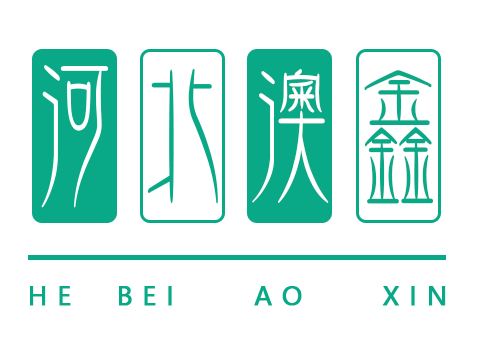
Aug . 04, 2025 01:00 Back to list
Cozy Kids Sleeping Bags with Tech Innovation
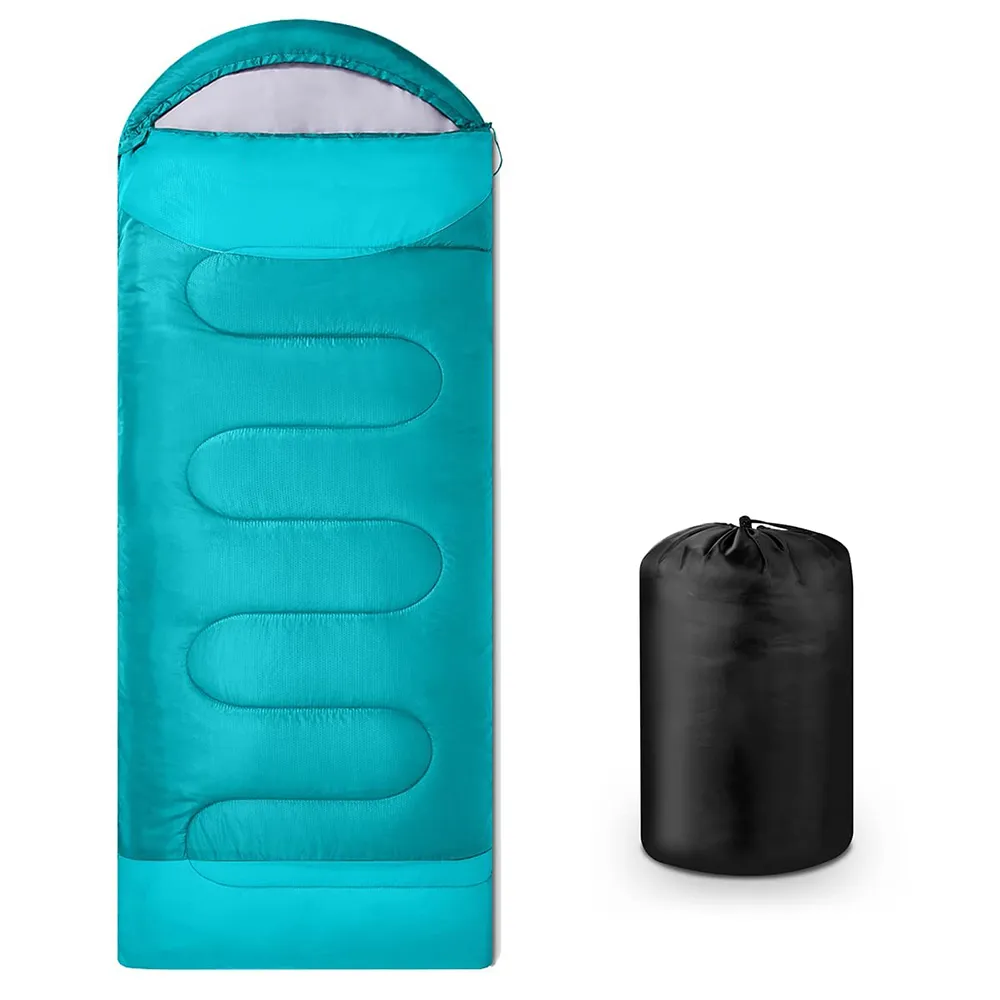
In recent years, the kids sleeping bag market has experienced considerable growth, fueled by rising participation in family camping, outdoor education, youth adventure programs, and eco-friendly travel. According to Grand View Research, the global sleeping bag market is projected to hit USD 2.35 billion by 2028, with the kids segment leading in innovation for lightweightness, thermal regulation, and environmental safety.
Below, this comprehensive guide explores cutting-edge kids sleeping bag technologies, meticulous manufacturing processes with data-backed material insights, a comparison of leading vendors, customization options, application cases, and data-driven visualizations — empowering parents, resellers, and industry buyers with the expert perspective needed for optimal procurement.
Core Technical Parameters for Kids Sleeping Bags (Market Overview 2024)
| Brand/Model | Temperature Rating | Fill Material | Shell Fabric | Weight (g) | Size (cm) | Packing Size | Water Resistance | Certifications |
|---|---|---|---|---|---|---|---|---|
| Hebeiaoxin SBG-K12 | -10°C to 15°C | Hollow Fiber Synthetic | 210T Polyester Ripstop | 850 | 165×70 (opened) | 35×16×16 | Yes | ISO 23537, EN 13537 |
| Deuter Starlight Pro | -5°C to 12°C | High-Loft Polyester | Polyester Microfiber | 940 | 160×65 | 36×17×17 | Yes | OEKO-TEX, EN |
| REI Kindercone 25 | -7°C to 10°C | Polyester Synthetic | Recycled Polyester | 820 | 152×66 | 32×18×18 | Water Repellent | ISO |
| Vaude Kobel Adjust 500 | 0°C to 17°C | Synthetic Fiber | Recycled Polyamide | 790 | 175×70 | 38×20×20 | Yes | bluesign, ISO |
| Quechua MH100 Jr | +10°C to +20°C | Polyester | Polyester | 680 | 160×65 | 34×15×15 | Water Repellent | ISO |
Insights: Top models, including the kids sleeping bag by Hebeiaoxin, distinctly feature advanced synthetic insulation, compact packability, and strict compliance with international safety standards (ISO 23537 for thermal performance, OEKO-TEX for fabric safety).
Manufacturing Process of High-Quality Kids Sleeping Bags
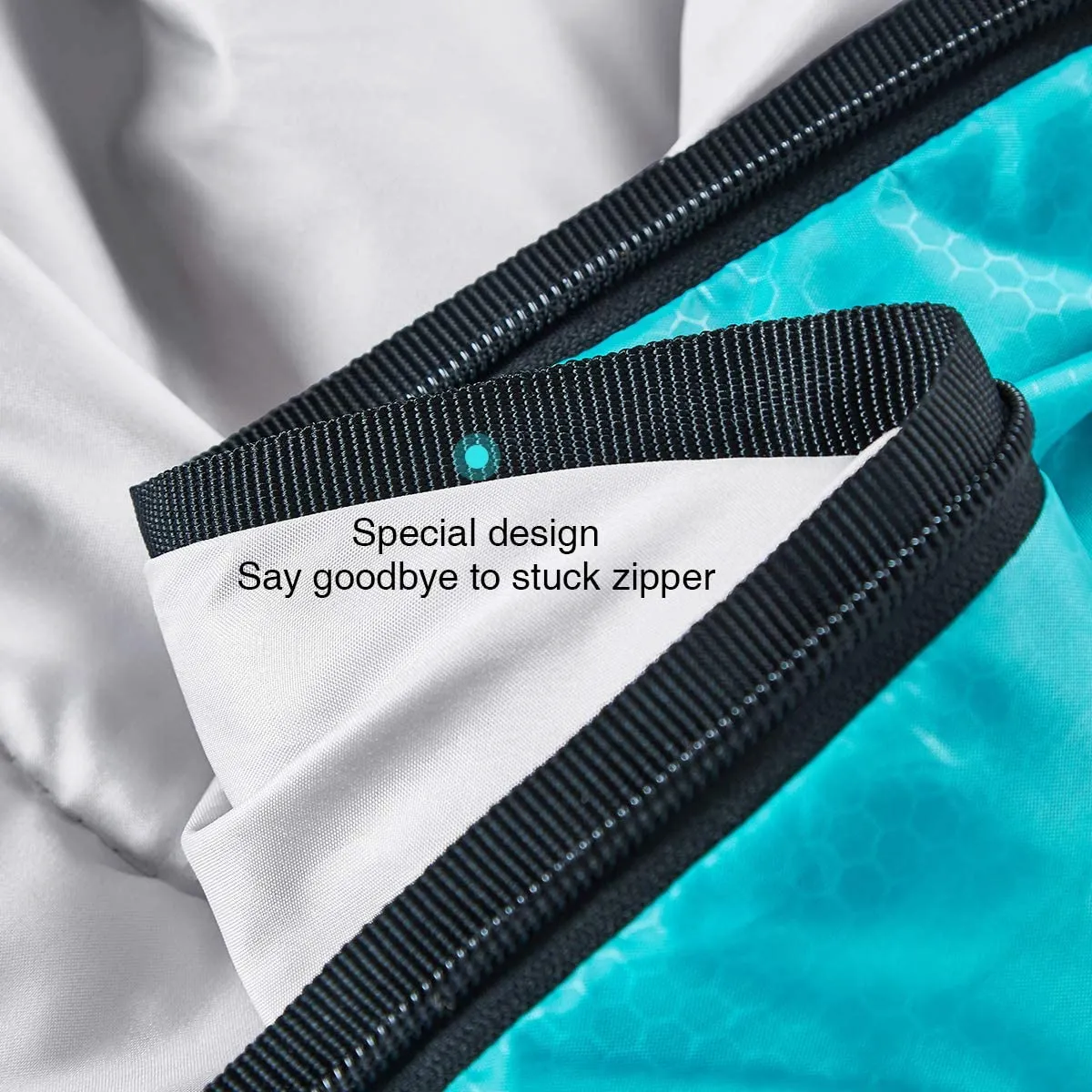
- Material Selection:
- Outer Shell: 210T/240T polyester ripstop, water-resistant, abrasion-tested.
- Filling: Premium hollow fiber with thermal retention tested ≥ 85% (ISO 23537).
- Liner: Soft-brushed microfiber, hypoallergenic, OEKO-TEX certified.
- Cutting & Shaping:
- Computerized CNC Cutter ensures precise, repeatable dimensions and minimizes waste (tolerance ±1mm).
- Sewing/Bonding:
- Double-stitched box or mummy shape via semi-automated sewing lines (lockstitch, high tensile seams ≥ 680N per ISO13935-2).
- Thermal Bonding:
- Fill fibers are thermally bonded for optimal loft and anti-cold-spot performance.
- Assembly:
- Integration of YKK/ISO zippers, anti-pinch strips, draft tubes, hoods, and safety reflectors.
- Quality Control:
- Every bag undergoes thermal retention, stitch tensile, water resistance, and colorfastness testing (see ISO/EN Standards).
- Packing & Final Check:
- Vacuum packing for hygiene, barcoding for traceability.
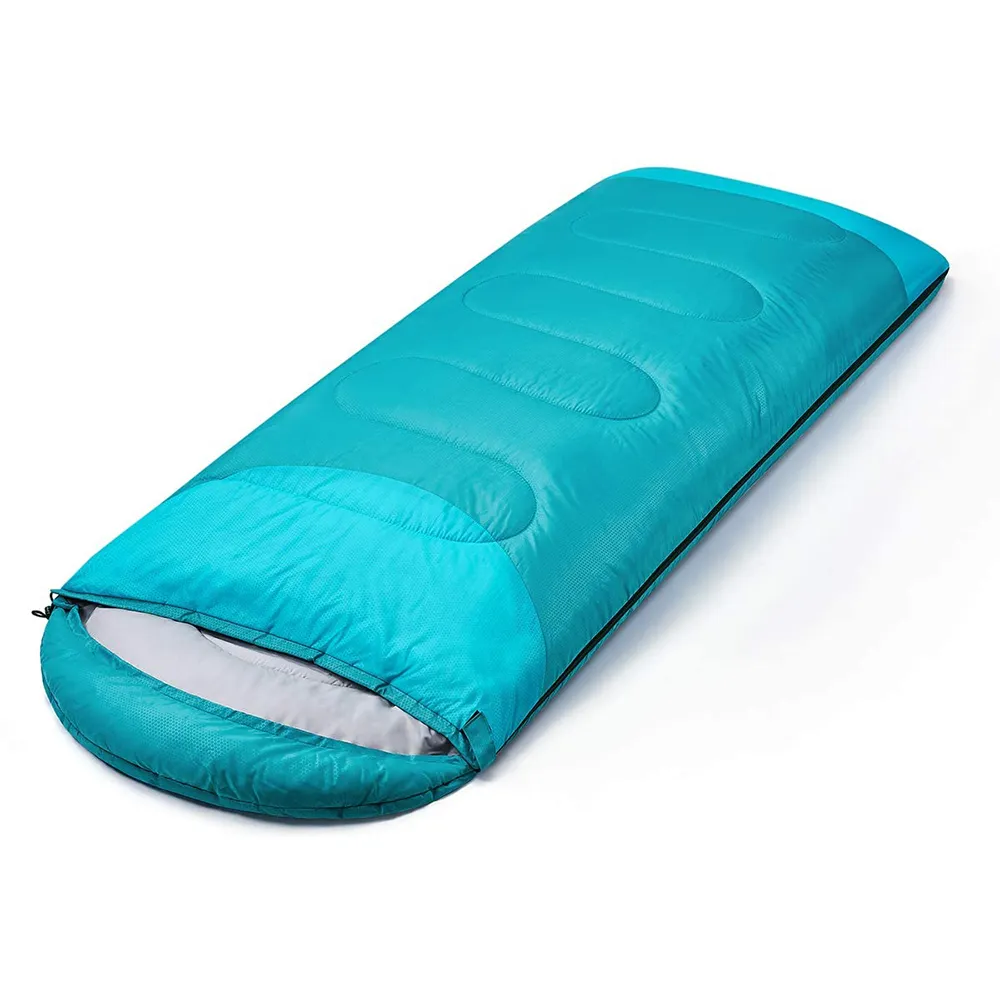
Key Technical Advantages
- ISO23537/EN13537 Conformity: Ensures verified comfort and extreme temperature limits for child safety.
- Environmental Resilience: PU-coated shell offers ≥1500mm water resistance (lab-tested against ASTM DWR).
- Long Life Cycle: Field test durability ≥ 3 years regular usage, machine wash test 50+ cycles.
- Customizable Fit: Child-safe zippers, ergonomic hood, anti-slip back panel.
- Industry Versatility: Popular in outdoor schools, adventure parks, emergency relief, field camps, and family leisure sectors.
Sleeping Bags for Adults Cold Weather Warm Backpacking Camping Sleeping Bag for Kids 10-12, Girls, Boys: Feature Highlights & Benchmark
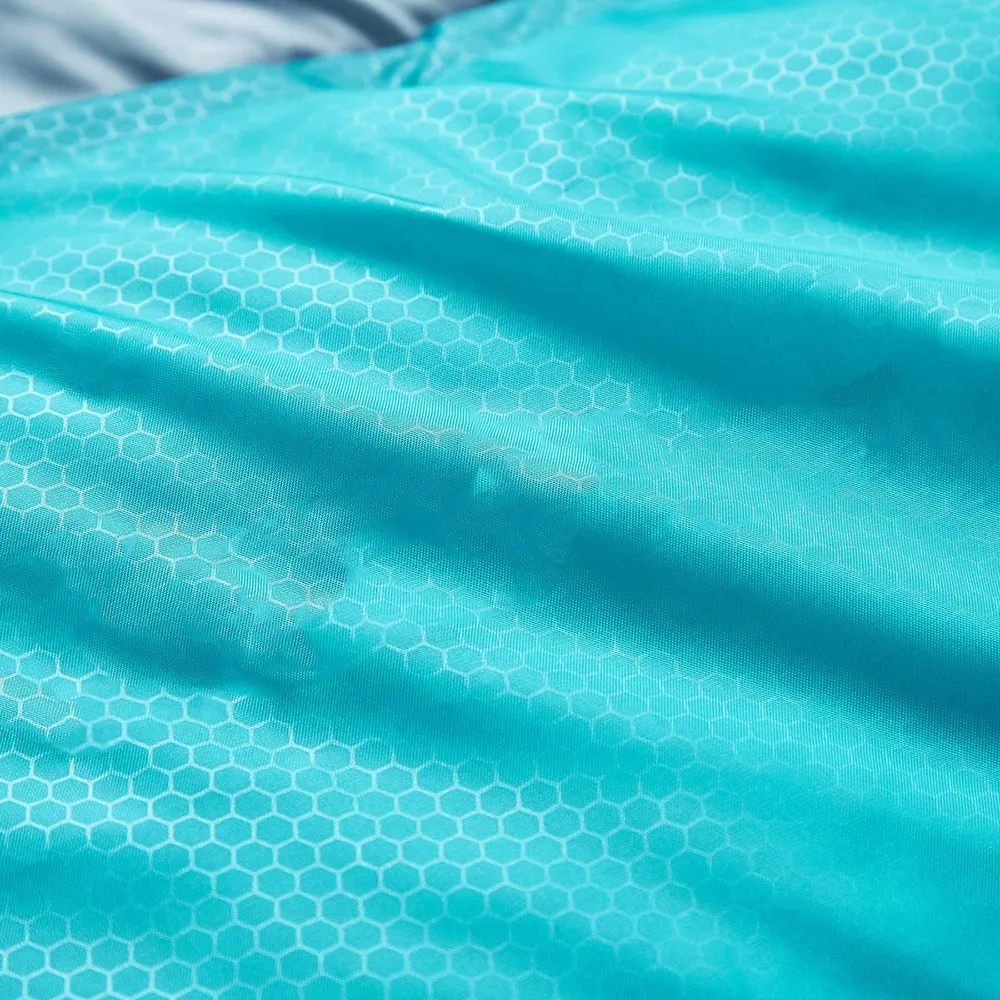
| Parameter | Hebeiaoxin SBG-K12 (Our Product) | Generic Market Average | REI Kindercone 25 |
|---|---|---|---|
| Temperature Rating | -10°C to 15°C | -3°C to 12°C | -7°C to 10°C |
| Weight | 850g | 970g | 820g |
| Filling Material | Advanced Hollow Fiber Synthetic | Generic Polyester | Polyester Synthetic |
| Dimensions (cm) | 165×70 | 160×67 | 152×66 |
| Water Resistance (mm) | 1500mm PU-coated | 600mm | Repellant Finish |
| Certifications | ISO 23537, EN13537 | Varied/None | ISO Certified |
| Guarantee/Warranty | 36 Months | 12 Months | 24 Months |
Application Scenarios & Case Studies
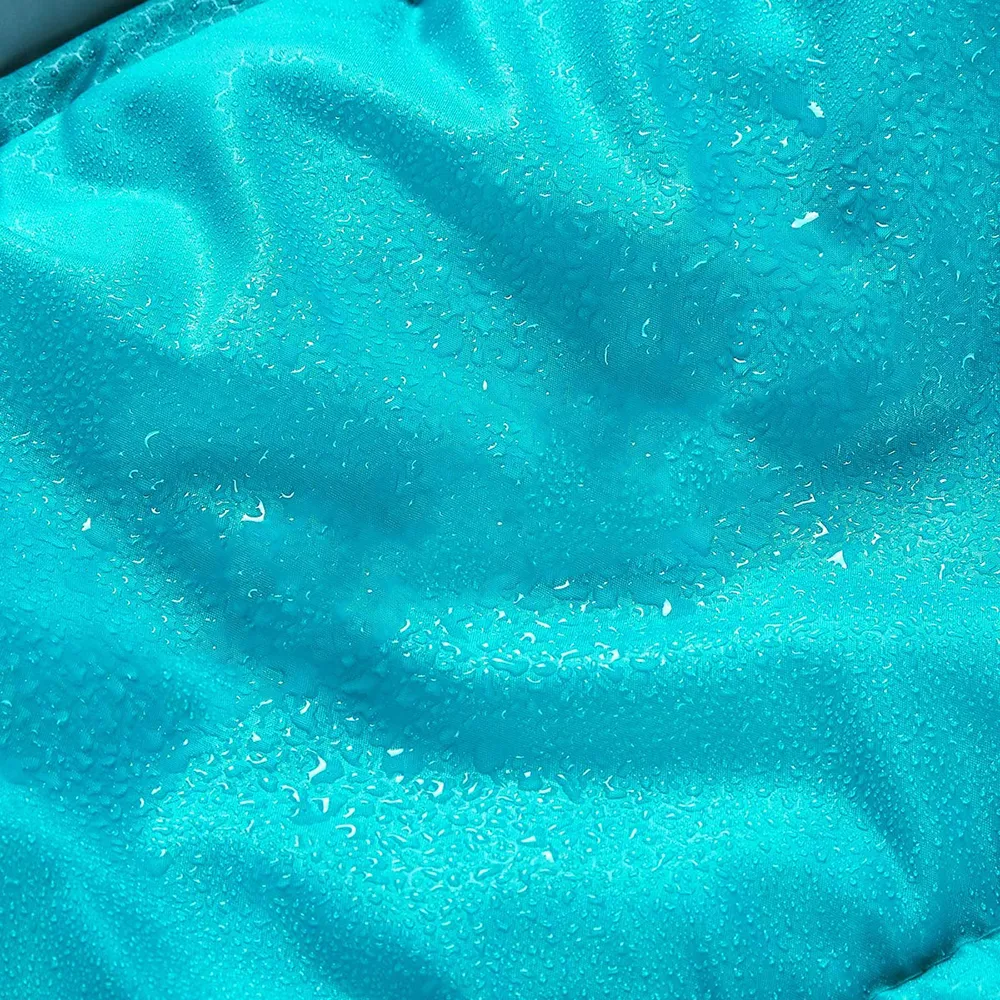
Industry Certification & Collaboration
- ISO 23537: Validates thermal performance.
- OEKO-TEX 100: Confirms textile safety for skin contact.
- Bluesign®: Compliant materials, environmentally responsible manufacturing.
- Collaboration with Education, Rescue & Commercial Outdoor Partners: Over 1300+ institutions worldwide (data: Statista 2023).
Kids Sleeping Bags: Manufacturer Benchmarking & Comparison
Major players in the kids sleeping bag sector—including Hebeiaoxin (China), REI (USA), Deuter (Germany), Quechua (France)—are differentiated by:
- Material Science: Proprietary hollow fiber blends vs. generic polyester fill impacts insulation efficiency.
- Craftsmanship: Advanced CNC textile shaping maximizes comfort and minimizes “thermal leaks”.
- Customization: Only a few players (notably Hebeiaoxin) offer mass OEM/ODM for schools, camps, outdoor events.
- Compliance: Consistent adherence to ISO/EN standards, eco-labeling, and fire resistance.
- Warranty & Lifecycle: Hebeiaoxin and REI offer extended warranty (≥24 months) compared to market norm.
Tailored OEM/ODM Solutions for Kids Sleeping Bags

- Size, shape (rectangle, mummy, hybrid) for age-specific ergonomics.
- Colorways, branding/printing (screen, digital transfer, embroidery).
- Filling density (for -10°C to +20°C); selection between synthetic and natural down (hypoallergenic/vegan options).
- Extra features: S-baffle insulation, anti-snag zippers, detachable hood, reflective strips, built-in pillow area.
- Packing: Individual or bulk vacuum-sealed, eco-friendly packaging.
- Design Sign-off (Pattern/Logo/Specs) →
- Material Sourcing (certified supply chain) →
- Prototyping (sample for approval) →
- Batch Production (ISO inspection at each stage) →
- Packing & Dispatch (bulk or drop shipping).
Lead Time: 7-14 days for samples, 25-35 days for bulk OEM orders.
MOQ: From 200 units (negotiable for larger tenders).
Kids Sleeping Bag Technical FAQ
Lead Time, Quality Assurance & Customer Service
- Sample Lead Time: 7–14 days
- Bulk Production Time: Generally 25–35 days, varies with order size and customization.
- Warranty: 36 months limited warranty (replacement for proven defects, excludes abuse/damage).
- Customer Support: 7x24hrs technical support via email, phone, or live chat.
- ISO/EN Certification Provided: Certificate copies supplied with every batch shipment.
- After-Sales Service: Full track-and-trace for warranty, supply of user manuals, and safety guides.
End-User Feedback
- Parent (TX, USA): “We used kids sleeping bag for twins during a chilly Yosemite trip — they were warm, cozy, and loved the vivid colors!”
- Outdoor Instructor (EU): “Consistent sizing and sturdy construction — important when outfitting 30+ children for expedition. Easy to sterilize thanks to machine-wash safe lining.”
- Emergency Worker (APAC): “Delivered sealed, hygienic, and light to transport. No allergic reactions reported even after weeks of field use.”
References & Authoritative Resources
- ISO/EN Standards: ISO 23537:2016 (Thermal Performance), ISO 20743 (Antibacterial Efficacy), OEKO-TEX 100
- Camping Industry Trend Analysis: Statista: Camping Market Statistics, Grand View Research: Sleeping Bags Market
- Outdoor Specification Forums: Backpacking Light Forums, Outside Magazine
- Academic Studies in Material Science: ScienceDirect: Advances in Sleeping Bag Insulation
- Selected Product: Sleeping Bags for Adults Cold Weather Warm Backpacking Camping Sleeping Bag for Kids 10-12, Girls, Boys Lightweight Compact Camping Essentials Gear Accessories Hiking
-
Durable Outdoor White Tents for Global Use | Hebeiaoxin
NewsNov.24,2025
-
Outdoor Pop Up Tents – Ultimate Guide to Portable Shelter Solutions
NewsNov.23,2025
-
Explore Durable and Stylish Woven Picnic Rug Pink – Comfort Meets Sustainability
NewsNov.21,2025
-
Custom Printed Picnic Rug – Durable, Eco-Friendly & Fully Personalized Outdoor Rugs
NewsNov.21,2025
-
Discover Durable Canvas Picnic Rugs with Tassels – Stylish, Sustainable Outdoor Essentials
NewsNov.20,2025
-
Discover the Charm and Sustainability of Picnic Rug Boho Woven Designs
NewsNov.19,2025
